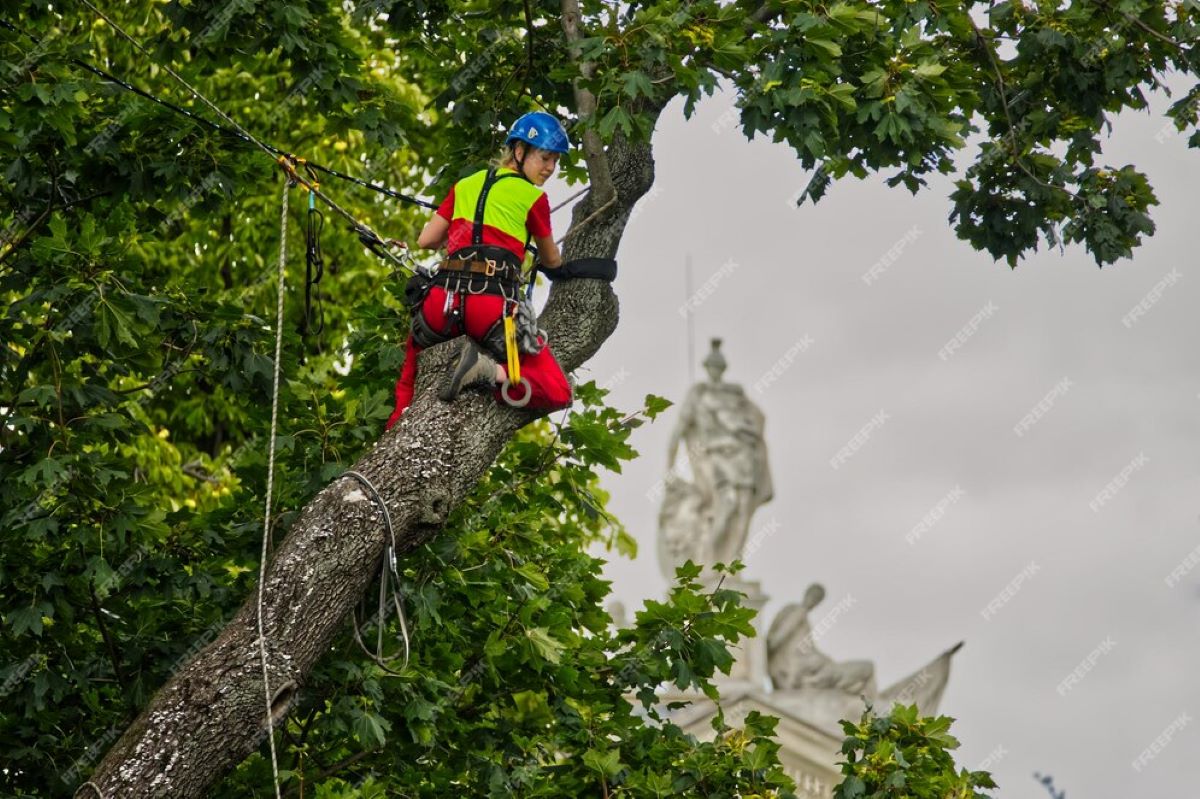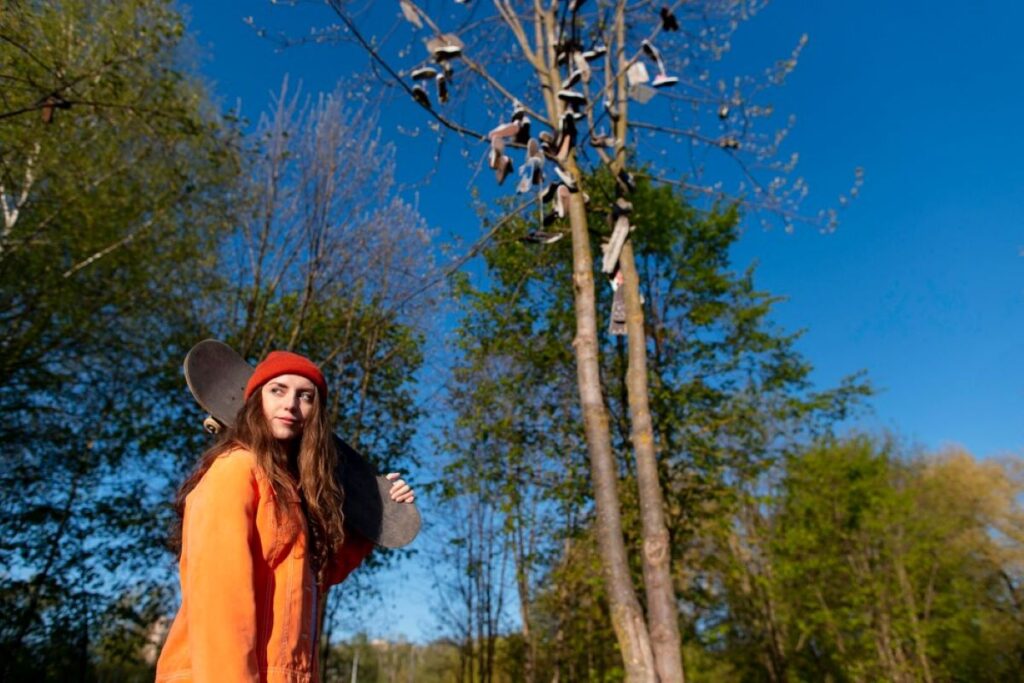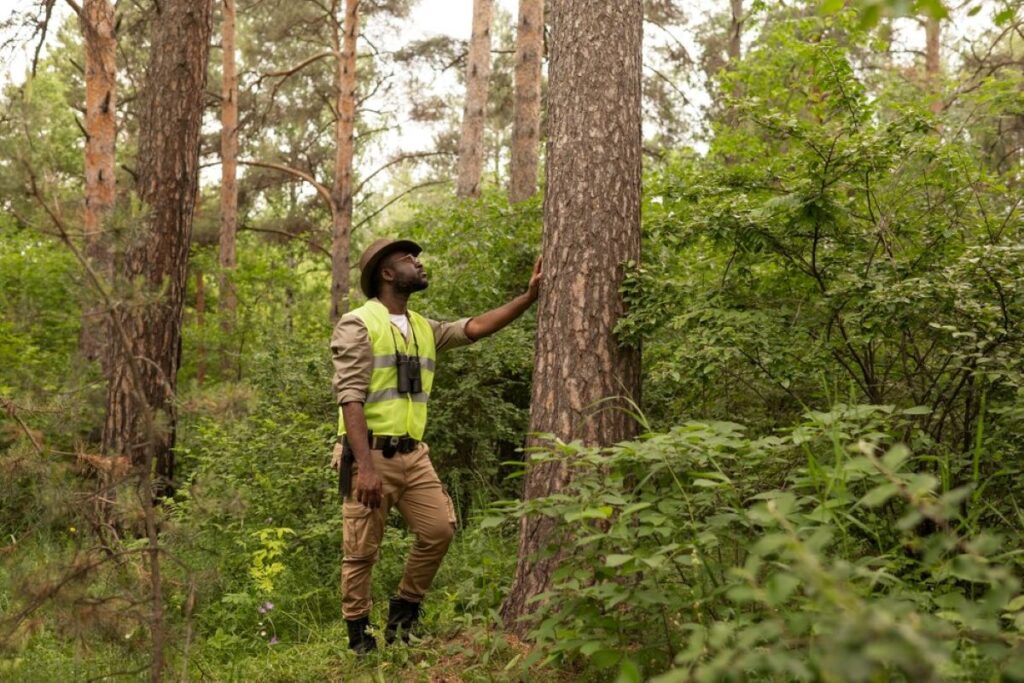Address
304 North Cardinal St.
Dorchester Center, MA 02124
Work Hours
Monday to Friday: 7AM - 7PM
Weekend: 10AM - 5PM
Address
304 North Cardinal St.
Dorchester Center, MA 02124
Work Hours
Monday to Friday: 7AM - 7PM
Weekend: 10AM - 5PM

Heritage trees are often considered living monuments, representing not only the natural history of a region but also its cultural and historical significance. In Sydney, where urban development often clashes with the preservation of natural landscapes, the role of a Level 5 Arborist becomes increasingly vital. These professionals possess advanced skills and knowledge that are essential for the care and preservation of heritage trees, ensuring they continue to thrive for future generations.
Heritage trees are typically defined as trees that have significant historical, cultural, or environmental value. They may be notable for their age, size, species, or association with important events or figures. In Sydney, many heritage trees are protected by local councils and regulations, which recognise their importance in maintaining the ecological balance and cultural heritage of the area. Consulting a Level 5 arborist in Sydney is often essential when dealing with heritage trees, as they possess the expertise and qualifications required to assess, manage, and preserve these valuable natural assets.
Heritage trees play a crucial role in the urban ecosystem. They provide habitat for wildlife, improve air quality, and contribute to the overall aesthetic of the landscape. Furthermore, they serve as a reminder of the natural history of the region, offering educational opportunities for residents and visitors alike. The preservation of these trees is not merely an act of conservation; it is a commitment to maintaining the identity and heritage of the community.
In Sydney, various laws and regulations protect heritage trees. Local councils often have specific policies in place that govern the care and maintenance of these trees. This includes restrictions on pruning, removal, and any activities that may harm their health. Understanding these regulations is essential for any arborist working with heritage trees, as non-compliance can lead to significant penalties.
A Level 5 Arborist is a highly qualified professional with extensive training and experience in arboriculture. In Australia, this designation is recognised as the highest level of competency in the field. These arborists are equipped with the skills necessary to assess, manage, and preserve trees, particularly those of heritage significance.
To achieve Level 5 status, an arborist must complete rigorous training and demonstrate a deep understanding of tree biology, pathology, and management practices. This includes knowledge of tree species, growth patterns, and the specific needs of heritage trees. Additionally, a Level 5 Arborist must be adept at using advanced tools and techniques for tree care, including pruning, cabling, and bracing.
One of the primary responsibilities of a Level 5 Arborist is to conduct thorough assessments of heritage trees. This involves evaluating their health, structural integrity, and overall condition. By identifying any potential risks or issues, the arborist can develop a comprehensive management plan that addresses the specific needs of each tree. This plan may include recommendations for pruning, pest management, and soil care, all tailored to ensure the tree’s longevity.

Preserving heritage trees requires a combination of knowledge, skill, and the appropriate techniques. Level 5 Arborists employ various methods to ensure these trees remain healthy and vibrant, even in urban environments.
Regular pruning is essential for the health of heritage trees. A Level 5 Arborist understands the importance of using proper techniques to minimise stress on the tree while promoting healthy growth. This may involve removing dead or diseased branches, thinning the canopy to improve light penetration, and shaping the tree to enhance its natural form. Pruning should always be conducted during the appropriate season to ensure the tree can heal effectively.
The health of a tree is intrinsically linked to the quality of its soil. A Level 5 Arborist will assess the soil conditions surrounding a heritage tree and implement strategies to improve its health. This may include soil testing, amending nutrient deficiencies, and ensuring proper drainage. Additionally, the arborist may recommend mulching to retain moisture and suppress weeds, creating a healthier environment for the tree to thrive.
Heritage trees can be susceptible to various pests and diseases, which can threaten their survival. A Level 5 Arborist is trained to identify signs of infestations or infections and to develop an appropriate management plan. This may involve the use of organic treatments, integrated pest management strategies, or, in some cases, the removal of affected branches to prevent further spread. The goal is always to protect the tree while minimising harm to the surrounding ecosystem.
Preserving heritage trees is not solely the responsibility of arborists; it requires the involvement of the entire community. Level 5 Arborists often take on the role of educators, sharing their knowledge and expertise with local residents, schools, and community groups.
Many Level 5 Arborists organise workshops and seminars to educate the public about the importance of heritage trees and proper tree care practices. These events provide valuable information on how individuals can contribute to the preservation of local trees, whether through planting new trees, participating in community clean-up efforts, or simply learning to appreciate the natural beauty around them.
Collaboration with local councils is essential for effective heritage tree preservation. Level 5 Arborists often work closely with council representatives to develop and implement tree management plans that align with local regulations and community goals. This partnership ensures that heritage trees receive the attention and care they need while also fostering a sense of community ownership and responsibility.
Despite the best efforts of Level 5 Arborists, preserving heritage trees in urban environments presents numerous challenges. These include environmental stressors, limited space, and competing interests from development projects.
As Sydney continues to grow, urban development often encroaches on areas where heritage trees are located. This can lead to conflicts between the need for new infrastructure and the desire to preserve these important natural assets. Level 5 Arborists play a crucial role in advocating for the protection of heritage trees during planning processes, ensuring that their value is recognised and considered in decision-making.
Climate change poses significant risks to the health and survival of heritage trees. Changes in temperature, precipitation patterns, and increased frequency of extreme weather events can all impact tree health. Level 5 Arborists must stay informed about these changes and adapt their management practices accordingly, implementing strategies to enhance the resilience of heritage trees in the face of a changing climate.

The future of heritage tree preservation in Sydney relies on a collaborative approach that involves arborists, local councils, community members, and environmental organisations. As awareness of the importance of these trees continues to grow, so too does the commitment to their preservation.
Level 5 Arborists are increasingly adopting innovative approaches to tree care and preservation. This includes the use of technology, such as drone surveys for large-scale assessments, and advanced monitoring systems to track tree health over time. These tools can provide valuable data that informs management decisions and enhances the effectiveness of preservation efforts.
Encouraging community involvement in heritage tree preservation is essential for fostering a sense of stewardship. Initiatives such as tree adoption programmes, volunteer planting days, and educational outreach can engage residents and instil a deeper appreciation for the natural environment. By working together, communities can ensure that heritage trees remain a vital part of Sydney’s landscape for generations to come.
The role of a Level 5 Arborist in Sydney is critical to the preservation of heritage trees. Through their expertise, they provide essential care and management that not only protects these natural treasures but also enriches the community’s connection to its history and environment. As urban pressures and climate change continue to challenge the survival of these trees, the commitment of arborists, local councils, and community members will be paramount in ensuring that heritage trees thrive for years to come.
More to Read : What to Expect From an Arborist Report Sydney in a Council Application